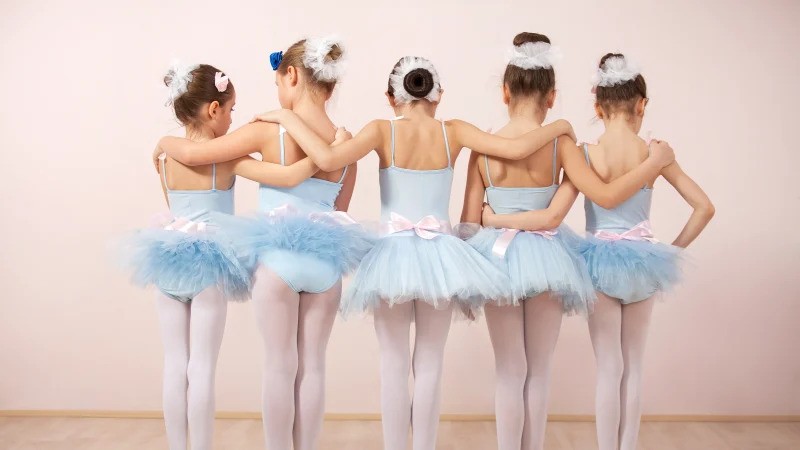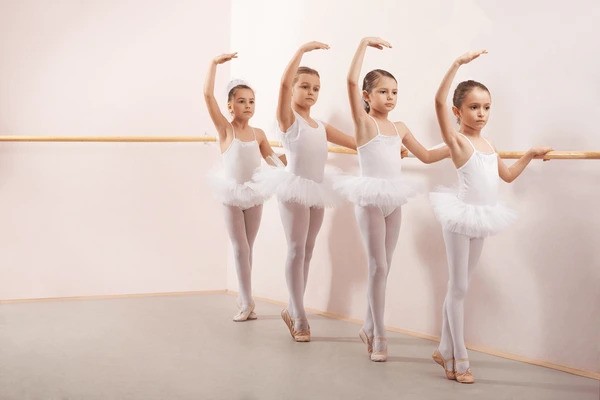Type of Costumes for Ballet Dance

The world of ballet costumes is as diverse and beautiful as the dances themselves! From delicate tutus to flowing gowns and dramatic character pieces, costumes play a crucial role in enhancing the story and movement of a ballet. In this guide, we shall break down for you the different types of ballet costumes and all the information you need about these dresses.
Types of Ballet Dance Costumes
There are many different types of ballet costumes available on the market. However, we have briefly listed the most common ones below for reference purposes and as a guide for those looking on to buy their costumes very soon:
- Tutus: The iconic ballet attire, tutus come in various styles and lengths.
- Romantic tutu: Long, soft skirt with multiple layers of tulle, often used in ballets like Giselle and La Sylphide.
- Classical tutu: Shorter, stiffer skirt with fewer layers, typically seen in Swan Lake and Sleeping Beauty.
- Bell tutu: Full, bell-shaped skirt, popular in ballets like Don Quixote and Coppelia.
- Platter tutu: Wide, flat skirt resembling a platter, featured in ballets like Diamonds and The Firebird.
- Romantic attire: Flowing gowns, long skirts, and capes are seen in ballets like La Bayadere and Les Sylphides.
- Leotards and tights: A basic combination used for training or in contemporary ballets.
- Character costumes: Specific to the role and period, these can range from historical attire in Swan Lake to folk costumes in Les Patineurs.
- Men’s costumes: Doublets, tights, breeches, and tunics for various roles.
Ultimately, whether adorned in a breathtaking tutu or a modern dance wear ensemble, ballet dancers use their undergarments as a foundation for confidence and expression, allowing them to focus on their art and captivate the audience with every elegant move.

What do ballet dancers wear under their costumes?
The dazzling costumes of ballet might steal the spotlight, but hidden beneath them lies a practical world of undergarments designed for comfort, support, and confidence. Here’s a peek at what dancers wear under their costumes:
1. Leotard: The base layer, usually made of a stretchy material like lycra or spandex. It can be sleeveless, with straps, or have a built-in shelf bra for additional support.
2. Tights: Typically flesh-toned or black, providing warmth and comfort. Some have padding at the knees for protection.
3. Underwear: Seamless options are preferred to avoid visible panty lines under costumes. Some dancers might opt for dance specific underwear with extra support or padding.
3. Dance belt (men): Similar to a jockstrap with added padding, providing support and coverage.
5. Shorts or leggings (women): For warmth or modesty under shorter costumes.
6. Sports bras: Offer extra support and control, especially for larger chests.
7. Hair nets and bobby pins: To secure hairstyles and prevent flyaways.
8. Footwear: Depending on the performance, dancers might wear ballet slippers, pointe shoes, or jazz shoes under their costumes.
The choice of undergarments ultimately depends on personal preference, body type, and the specific demands of the costume and choreography. Dancers often experiment to find what works best for them in terms of comfort, support, and avoiding visible lines.
